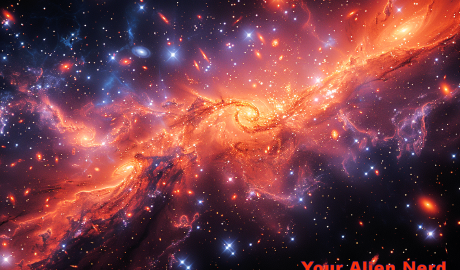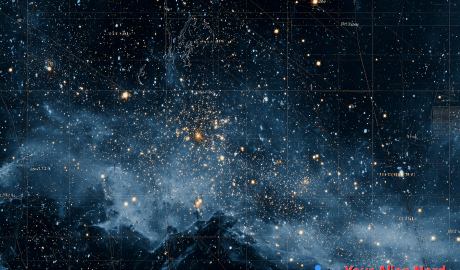Galactic Voids: Cosmic Dead Zones or Cloaked Civilizations?
2025-10-07
Imagine staring into the vast night sky and seeing not just twinkling stars and shimmering galaxies—but vast stretches of nothing. No light, no galaxies, no stars, just darkness. These are galactic voids—some of the most significant structures in the universe, paradoxically defined by their emptiness. But what if these enormousContinue Reading



